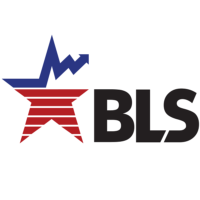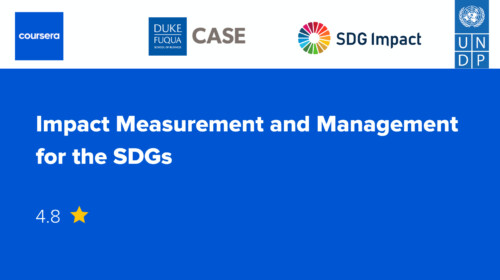The Producer Price Index (PPI) is a family of indexes that measures the average change over time in the selling prices received by domestic producers of goods and services. PPIs measure price change from the perspective of the seller. This contrasts with other measures, such as the Consumer Price Index (CPI) which measures price change from the purchaser's perspective. Sellers' and purchasers' prices may differ due to government subsides, sales and excise taxes, and distribution costs.
Producer Price Index data are widely used by the business community as well as government. Three major uses are:
- As an economic indicator. The PPIs capture price movements prior to the retail level. Therefore, they may foreshadow subsequent price changes for businesses and consumers. National leaders and central banks employ these data in formulating fiscal and monetary policies.
- As a deflator of other economic series. PPIs are used to adjust other economic time series for price changes and to translate those series into inflation-free currency values. For example, constant-dollar gross domestic product data are estimated using deflators based on PPI data.
- As the basis for contract escalation. PPI data are commonly used in escalating purchase and sales contracts. These contracts typically specify cost amounts to be paid at some point in the future. It is often desirable to include an escalation clause that accounts for increases in input prices. (See BLS Report 807, Escalation and Producer Price Indexes: A Guide for Contracting Parties.)
Import and Export Price Indexes (MXP) are a family of indexes that measure the average change over time in the prices of nonmilitary goods and services traded between the domestic country and the rest of the world. The MXPs help to answer the question "how will trade affect the production of goods and services in the economy?" and are primarily used to deflate various foreign trade statistics.
Participants are encouraged to bring with them the following materials for use in discussions and workshops: 1) methodological documentation on how data related to the seminar topic are collected in their home countries; 2) questionnaires used in their countries for obtaining those data; and 3) sample publications of those data.
The seminar includes discussions on the following topics:
Producer Price Indexes (PPI) and Import and Export Price Indexes (MXP)
- Conceptual framework
- Target population
- Sampling and weighting techniques
- Selection of sample items and establishments
- Development of specifications
- Collection and processing of data
- Construction of index numbers
- Seasonal items and other special problem areas
- Quality adjustments
- Data collection and conceptual problems in the informal sector
- Publication, presentation, and dissemination of data
- Uses of price index data
- Application of price index data in other countries
Techniques for analyzing data on prices and expenditures
- Analysis of selected statistical tools and techniques
- Use of price indexes as a deflator in the GDP
- Use of price indexes as a deflator for trade statistics
- Analysis of the ways in which price changes impact real wages and purchasing power
- Measures of competitiveness
The price data, along with data from other sources, are used to report on the following SDG indicator:
- Indicator 8.2.1: Annual growth rate of real GDP per employed person
Target Audience
This seminar is designed for economists, statisticians, researchers, analysts, and other professionals working with producer price indexes or import and export price indexes in national statistical programs. Participants should have an elementary knowledge of statistics.
Learning Objectives
To strengthen capabilities for the production and analysis of statistics on producer prices and import and export prices with relation to:
- Designing, constructing, and analyzing indexes of producer prices and import and export prices
- Using statistical tools such as probability sampling and regression analysis in the measurement and analysis of producer prices and import and export prices
For additional information about this and other BLS international training programs, please visit the BLS Division of International Technical Cooperation (ITC) website or contact ITC staff at ITCinfo@bls.gov.







